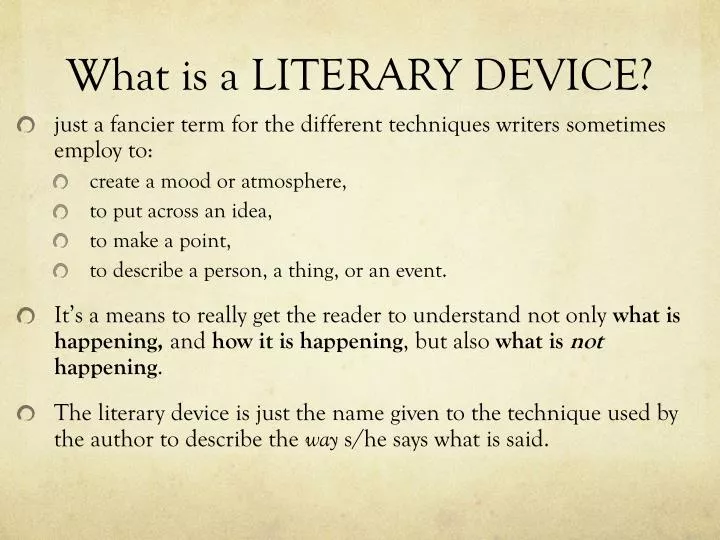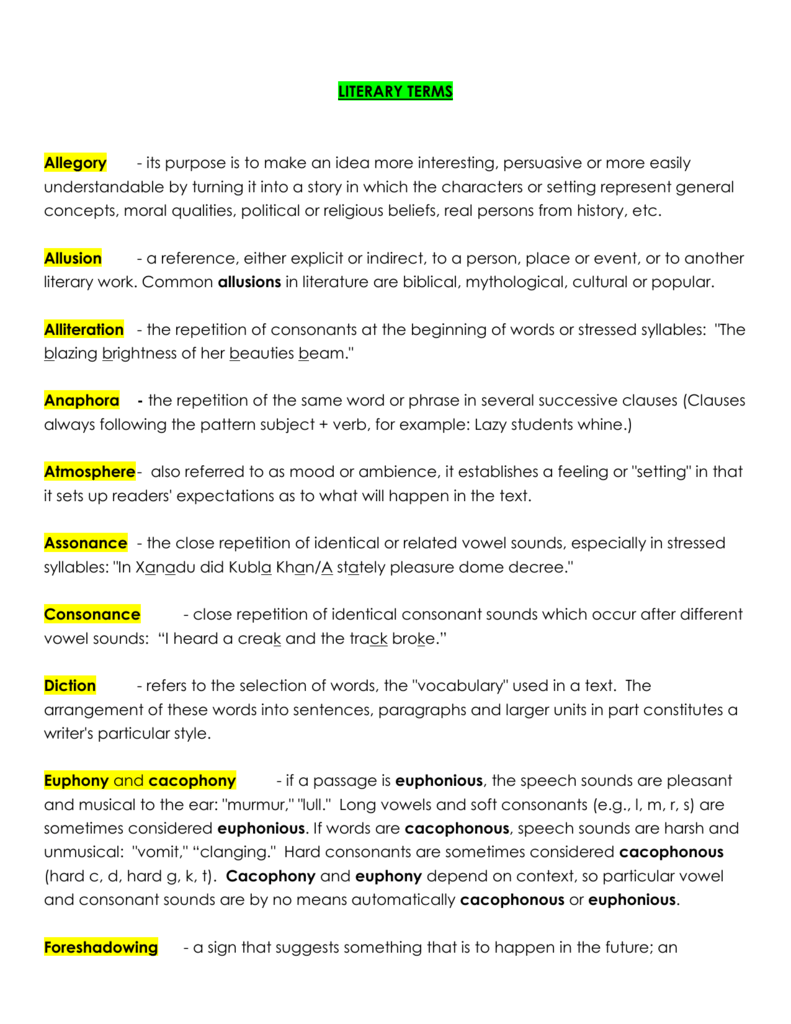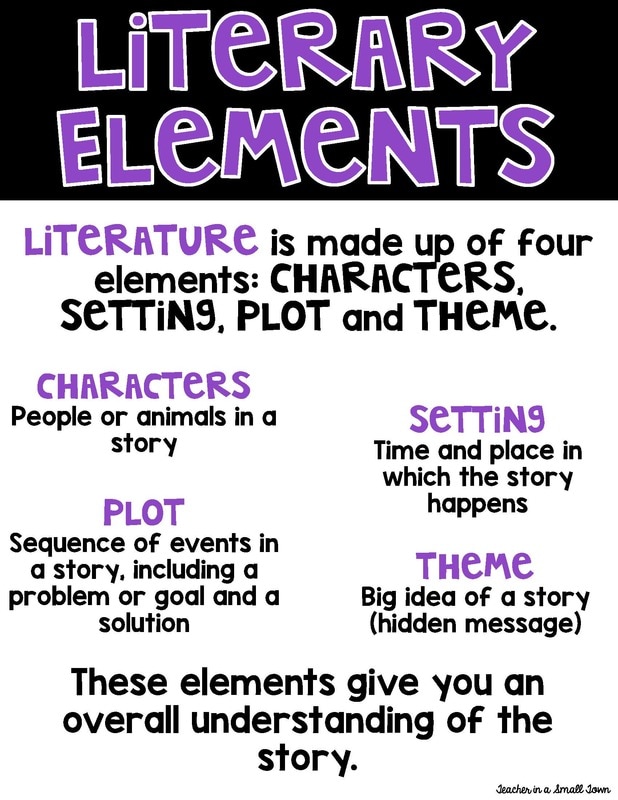

The Japanese word for the number nine is pronounced the same as the English letter Q.

Allusions are made to famous subjects so that they don’t need explanation-the reader should already understand the reference.Įxample: The title of Haruki Murakami’s novel 1Q84 is itself an allusion to George Orwell’s novel 1984. AllusionĪn allusion is an indirect reference to another figure, event, place, or work of art that exists outside the story. AlliterationĪlliteration is the literary technique of using a sequence of words that begin with the same letter or sound for a poetic or whimsical effect.Įxamples: Many of Stan Lee’s iconic comic book characters have alliterative names: Peter Parker, Matthew Murdock, Reed Richards, and Bruce Banner.

Sometimes the stories are entirely fabricated and only loosely tied to their source, but sometimes the individual characters act as fictional stand-ins for real-life historical figures.Įxamples: George Orwell’s Animal Farm, an allegory about the Russian Revolution of 1917, is one of the most famous allegories ever written a more modern example is the animated film Zootopia, an allegory about the prejudices of modern society. >Read More: Creative Writing 101: Everything You Need to Get Started 28 different literary devices and their meanings AllegoryĪllegories are narratives that represent something else entirely, like a historical event or significant ideology, to illustrate a deeper meaning. Wait for a moment when a literary device can occur organically instead of forcing them where they don’t belong. The truth is, misusing literary devices stands out more than using them correctly. Oftentimes, novice writers will shoehorn literary devices into their writing to make them seem like better authors.

Too many literary devices stacked upon each other is distracting, so it’s best to use them only sparingly and at the most impactful moments-like a musical cymbal crash! (See what we did there?) When you’re ready to experiment with literary devices yourself, the most important tip is to use them naturally. See how literary devices are used in the hands of expert writers. To use literary devices in your own writing, you first need to recognize them “in the wild.” Read the list below so you know what you’re looking for, and then pay extra attention when you’re reading.
LITERARY ELEMENTS HOW TO
How to use literary devices in your writing With some experience, you’ll start to spot literary devices instinctively without disrupting your enjoyment or focus while reading. Your first step is to know what to look for, and from there it just takes practice by reading different works and styles. To identify literary devices when reading, it’s best to familiarize yourself with as many as you can. Recognizing literary devices helps you notice nuances and piece together a greater meaning that you otherwise might have missed. The more literary devices you recognize, the more you comprehend the writing as a whole. However, identifying literary devices enables you to reflect on the artistry of a piece of writing and understand the author’s motives. Certain devices like personification, onomatopoeia, and anthropomorphism are still entertaining to read, even if you don’t know them by their proper name. You don’t necessarily need to understand literary devices to enjoy a good book. How to identify literary devices when you’re reading Literary techniques are the literary devices that deal with individual words and sentences, such as euphemisms and alliteration. Literary elements are “big-picture” literary devices that extend throughout the entire work, such as setting, theme, mood, and allegory. Literary elements and literary techniques are both types of literary devices. There are a few competing terms when discussing literary devices, so let’s set the record straight. >Read More: What Type of Writer Are You? Literary devices vs. Really, a literary device is anything that can take boring or flavorless writing and turn it into rich, engaging prose! Literary devices can entail general elements that come back again and again in a work of literature, as well as the specific and precise treatment of words only used once. With millennia of literature in hundreds of different languages, humankind has amassed quite a few of these writing devices, which continue to evolve. “Literary device” is a broad term for all the techniques, styles, and strategies an author uses to enhance their writing. Write with Grammarly What are literary devices?


 0 kommentar(er)
0 kommentar(er)
